
Exocet Hits High-Performance Targets
As Told by Taylor Perkins
Photos by Steve Temple, Kevin Patrick and Halston Pitman of Motorsport Media
Miata enthusiasts are a broad and enthusiastic group, since it’s the best-selling two-seat sports car ever. No surprise, then, that car builders of all stripes are drawn to it as a versatile platform for a number of project cars. With the stock body removed, its “roller skate” backbone chassis and sturdy engine serves well in a lightweight configuration.
As a prime example, consider the Exomotive Exocet. It features an exoskeletal, tubular space-frame chassis based off the geometry of the first- and second-generation Mazda Miatas. Using this proven platform as a foundation, Exomotive has created a simple and affordable way for enthusiasts to transform one of the most raced cars in history into a lean, welterweight fighting machine.
It does so by radically altering the power-to-weight ratio. The Exocet cuts anywhere from 600 to 1,000 pounds off the weight of the standard Miata donor, and that weight reduction is what provides an unconventional performance boost. As a result, the acceleration rivals its missile namesake, the brakes bite down harder, the steering feels more agile and precise, all the while a grin spreads across your windswept face.
Three basic versions of the Exocet package are available, along with some optional extras. Each level provides a different variation on the main theme. Want a weekend cruiser for tooling around town and winding down country roads? Then the Base kit is a good place to start. Or are you more of a track rat, ripping up a road course? The fully caged Race package is just the ticket. In between those two ends of the spectrum is the most popular Sport model, providing the accessibility of the base model, but also serving well on the track.
Each kit comes with a laser-cut and CNC-bent fully welded chassis, all the necessary internal paneling, gelcoat fiberglass bodywork in a choice of 180 colors, hardware, and an entire online community of helpful enthusiasts spanning the nation. On average, build completion time runs about 100 hours or so, significantly faster than a large number of other kits on the market.
As noted already, the secret to the Exocet’s simplicity is the heavy usage of all the Miata drivetrain components. Basing it off the NA and NB Miatas allows you to simply bolt in the Mazda mechanicals, eliminating the need for complicated installation methods or custom mounting parts. Take what you need from the Miata and sell the unused parts to recoup some, if not all, of the cost of the donor.
For those wanting a take things to an even more extreme level, there have been a number of alternative builds using turbos, K24 & J32 Honda swaps, GM LFX V6s, and various V8 LSX swaps along the way. Even the beefed up V8 subframe conversions can be bolted in under most circumstances, preserving the easy build process.
There are already so many aftermarket components and engine conversions out there that one simply has to do a quick Google search to find them. Some build examples include two Exocet co-owners who had Flyin’ Miata build them an Cadillac CTS-V LSA-powered beast. While this monster weighs a bit more than your typical Exocet, at around 1900 pounds, with 556hp horsepower on tap it’s no slouch.
Exomotive’s in-house V8 build also boasts some LS power as well. Company technicians were able to easily install an LS376/535 crate engine from GM Performance, along with a T-56 transmission and CTS-V Getrag rearend by using an Exocet V8 swap kit offered by Exomotive and V8 Roadsters. To say it kicks butt would be an understatement.
Exomotive has made it a point to build a variety of Exocets, boasting an array of naturally aspirated, turbo’d, and V8-swapped examples. All the better for testing, and test it I did. Driving Exomotive’s Exocet Race model with a Flyin’ Miata FMII turbo kit was like nothing I have ever experienced. With the turbo set to 12 pounds of boost, delivering 250 horses at the rear wheels, and in such a light foundation, you feel every bit of power, as you drop the clutch and let loose. The open nature of the Exocet gives the visceral feel of a four-wheeled motorcycle, with the added safety of the full cage.
Along with impressive performance comes impressive looks. I was seeing rubber-necks everywhere, as people craned to see what odd machine was whipping past them. All in all, it was a memorable, and exciting drive.
Overall, the Exocet is an affordable option for those with minimal build experience and are looking for increased performance, exoskeletal open-air motoring, and bringing new life to an existing Miata donor. After all, there’s a strongly supported Miata aftermarket, given the the sheer number of NA and NB model Miatas produced over the years (more than 700,000 in the U.S. alone). Literally thousands of options are available to choose from in each category of upgrade or replacement.
This production volume also drives down donor prices, since there’s such a huge market of available used vehicles. Though they were mass produced, the quality was never lacking, as the Miata has a steadfast reputation of reliability, and the engine has a massive capacity for taking a beating. Even if an issue arises, you can bet there have been plenty of others before you with the same question and the answers are all easily found on one of the many Miata-specific enthusiast sites or forums. The sheer volume of parts flooding the market makes repairs well documented, and even better, inexpensive.
So the Exocet component package offers a fun and simplified build experience, along with open-design options allowing for easy maintenance, customization, and accessible aftermarket products that keep cost low. You can make it as mild or as wild as you like, because in the end, the Exocet platform is a blank canvas for your next custom car build.

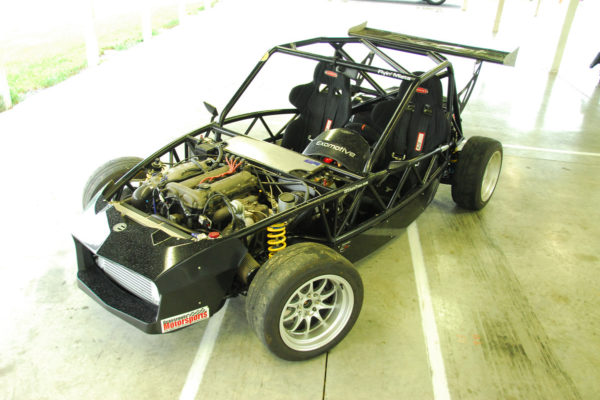
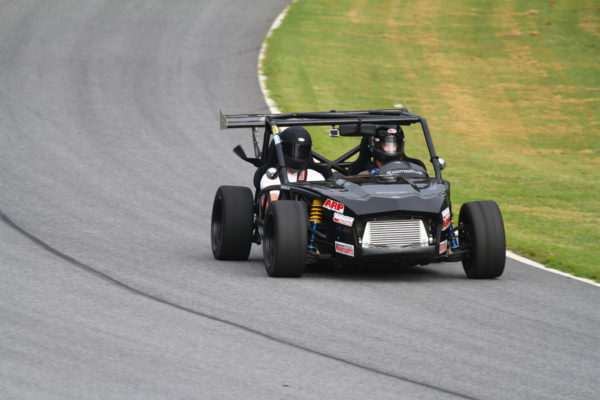
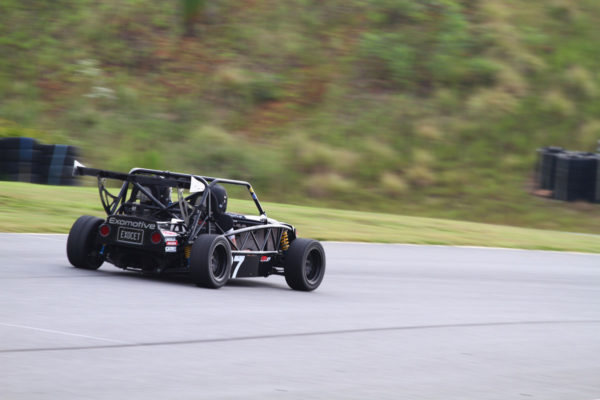
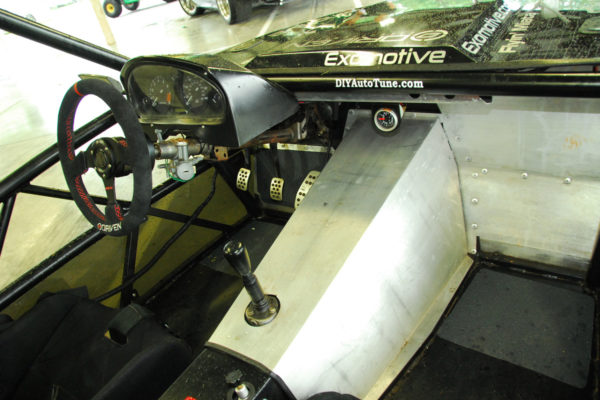
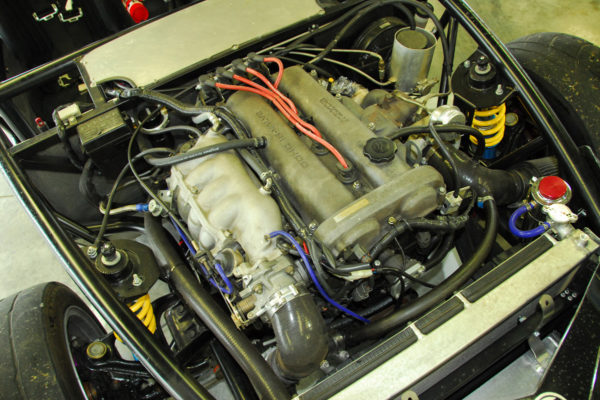
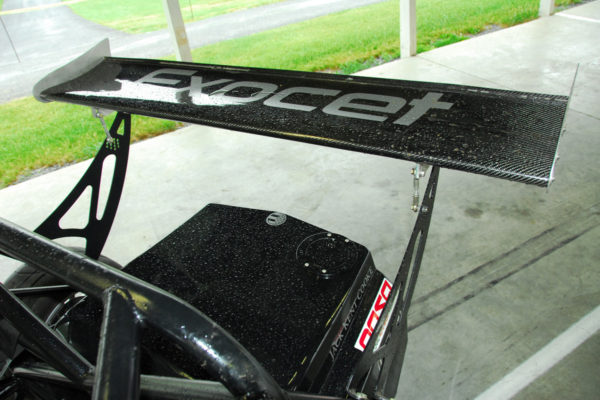
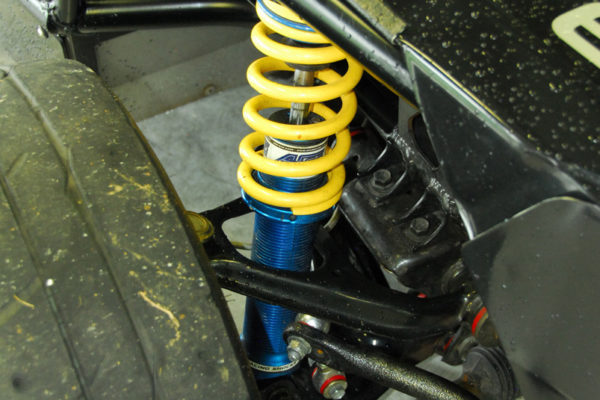

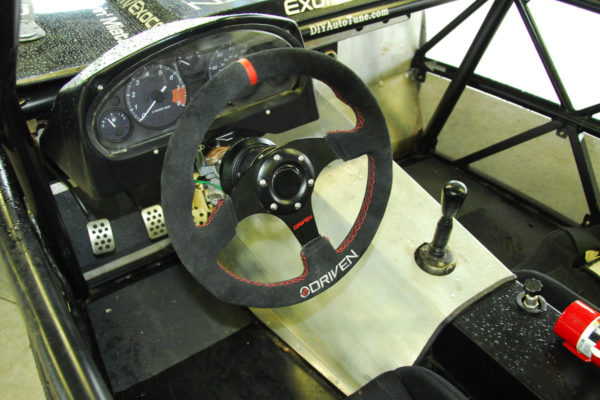
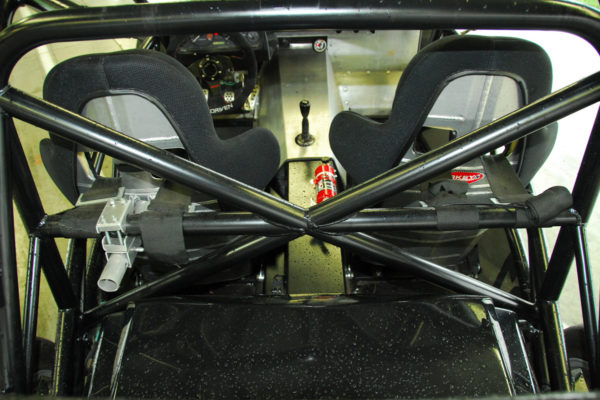
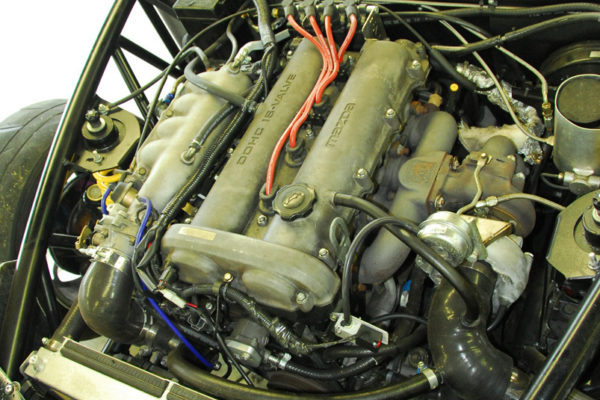
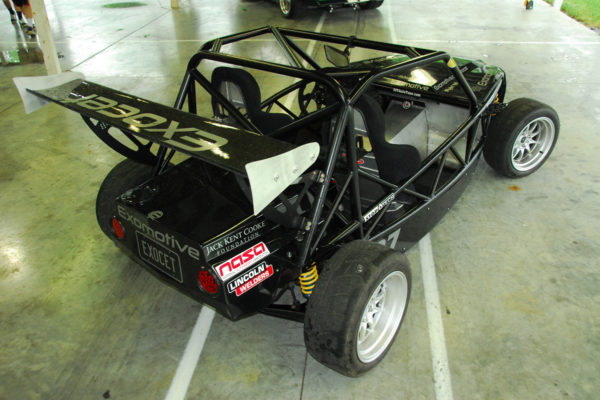

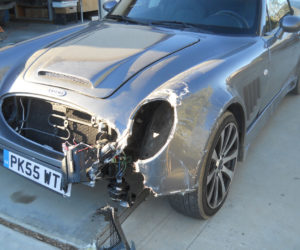
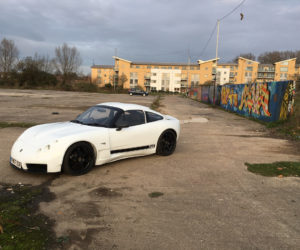

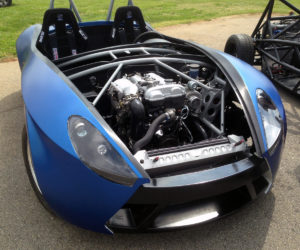
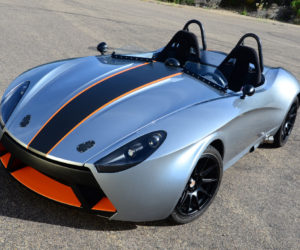




Comments for: THE EXO FILES
comments powered by Disqus